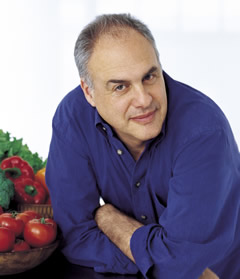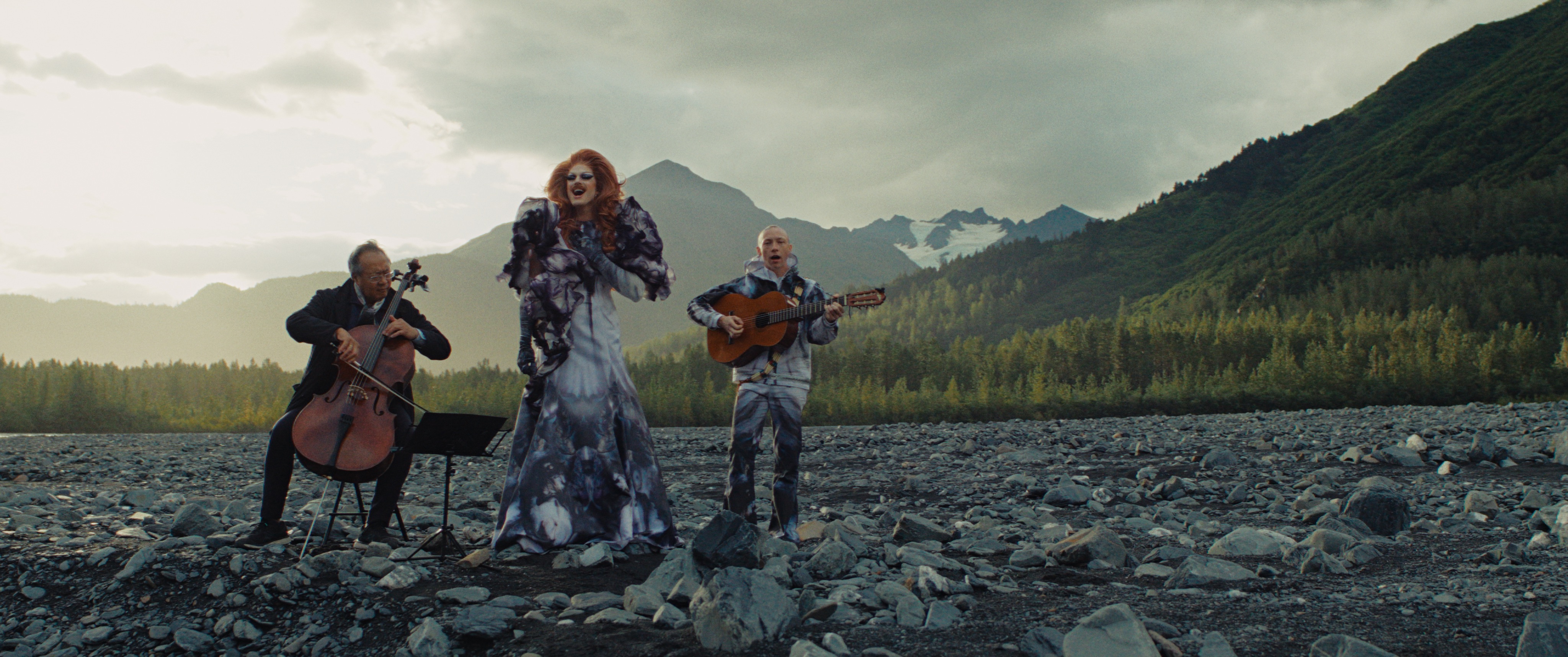
Mark Bittman on the True Cost of Tomatoes
Ever thought about what's actually the cost of a tomato? Mark Bittman tackles that question, taking a look at the effects of our need for easily sliceable tomatoes, another example of how what we eat is about so much more than just food.
From The New York Times:
Mass-produced tomatoes have become redder, more tender and slightly more flavorful than the crunchy orange “cello-wrapped” specimens of a couple of decades ago, but the lives of the workers who grow and pick them haven’t improved much since Edward R. Murrow’s revealing and deservedly famous Harvest of Shame report of 1960, which contained the infamous quote, “We used to own our slaves; now we just rent them.”
But bit by bit things have improved some, a story that’s told in detail and with insight and compassion by Barry Estabrook in his new book, “Tomatoland.” We can actually help them improve further.
A third of our fresh tomatoes are grown in Florida, and much of that production is concentrated around Immokalee (rhymes with “broccoli”), a town that sits near the edge of the great “river of grass,” or the Everglades, the draining of which began in the late 19th century, thus setting the stage for industrial agriculture. Immokalee is a poor (average annual per-capita income: $8,576), immigrant (70 percent of the population is Latino, mostly Mexican) working town, to the outsider at least a depressing community with few signs of hope.
The tomato fields of Immokalee are vast and surreal. An unplanted field looks like a lousy beach: the “soil,” which is white sand, contains little in the way of nutrients and won’t hold any water. To grow tomatoes there requires mind-boggling amounts of fertilizers, fungicides and pesticides (on roughly the same acreage of tomatoes, Florida uses about eight times as many chemicals as California). The tomatoes are, in effect, grown hydroponically, and the sand seems useful mostly as a medium for holding stakes in place.
Most of the big purchasers, like Wal-Mart and McDonald’s, want firm, “slicing” tomatoes, because their destination is a burger or a sandwich, so the tomatoes are picked at what is called “mature green,” which isn’t mature at all but bordering on it. Tomatoes with any color other than green are too ripe to ship, and left to rot; I’ve posted a couple of pictures I took of those on my blog. The green tomatoes are gassed — “de-greened” is the chosen euphemism — to “ripen” them; the plants themselves are often killed with an herbicide to hasten their demise and get ready for the next crop.


